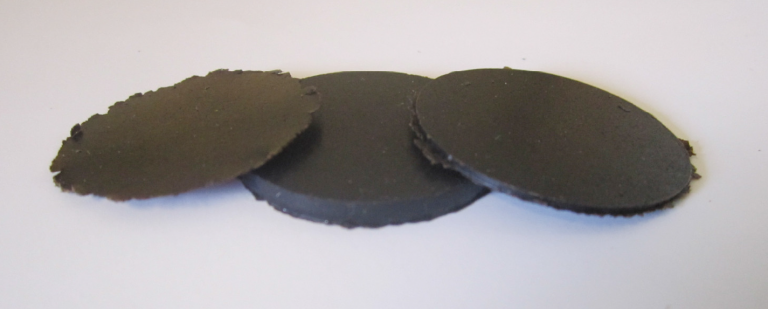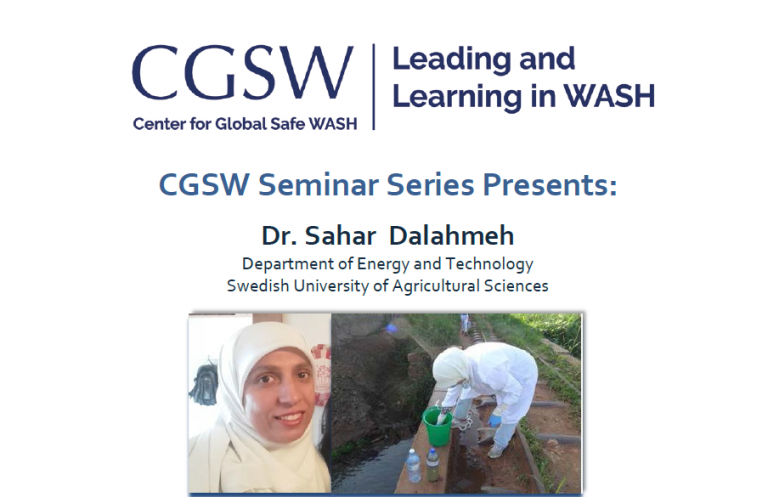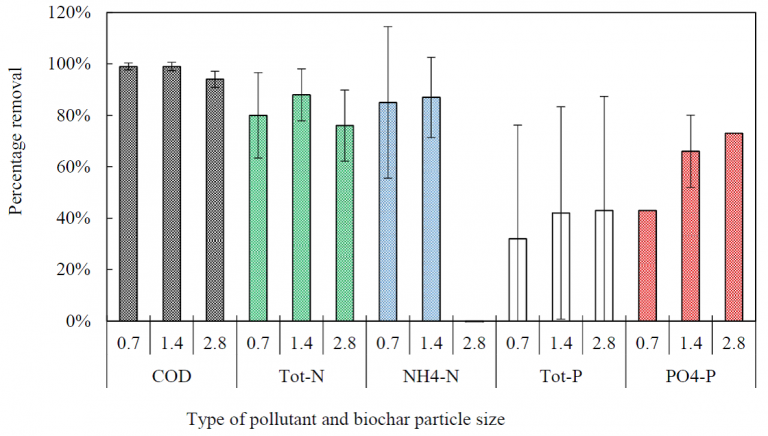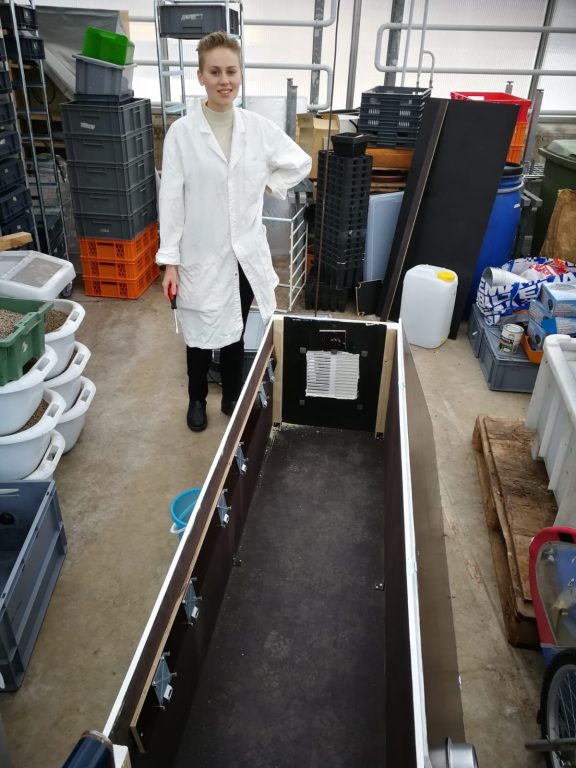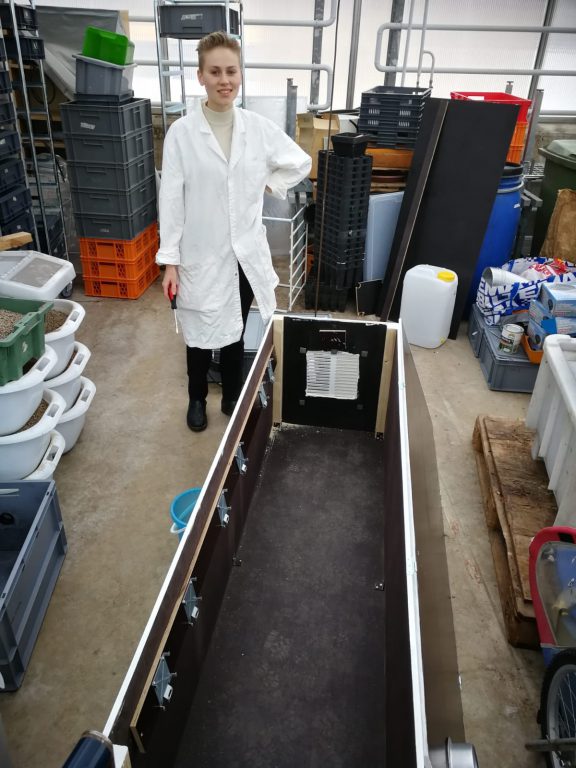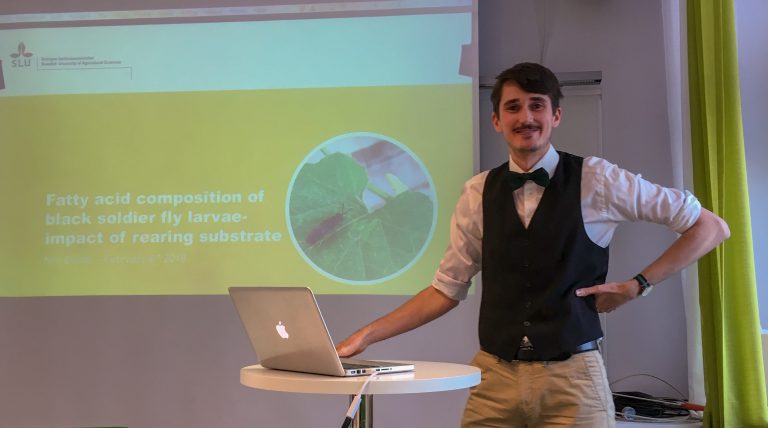
After almost half a year of work, Nils Ewald presented his master’s thesis last week for the audience at the Department of Molecular Sciences. In the thesis he investigated the relation between the fatty acid composition of the Black soldier fly larvae, and the different waste materials that were fed to the larvae. From the work it was found that the larvae contains a high proportion of saturated fatty acids, but that the growth of the larvae, as well as the fatty acid composition of the substrate, affects the fatty acid profile of the larvae. Since Black soldier fly larvae was a new topic for many in the audience, there came a lot of curious questions such as: Are the larvae safe to use? What are the ethical aspects of producing insects?
There is still a lot we don’t know about the Black solider fly, but the only way to find out more is by further investigating the creature. For the future, the hope is that it will be possible to publish the results from the study in a scientific journal.

